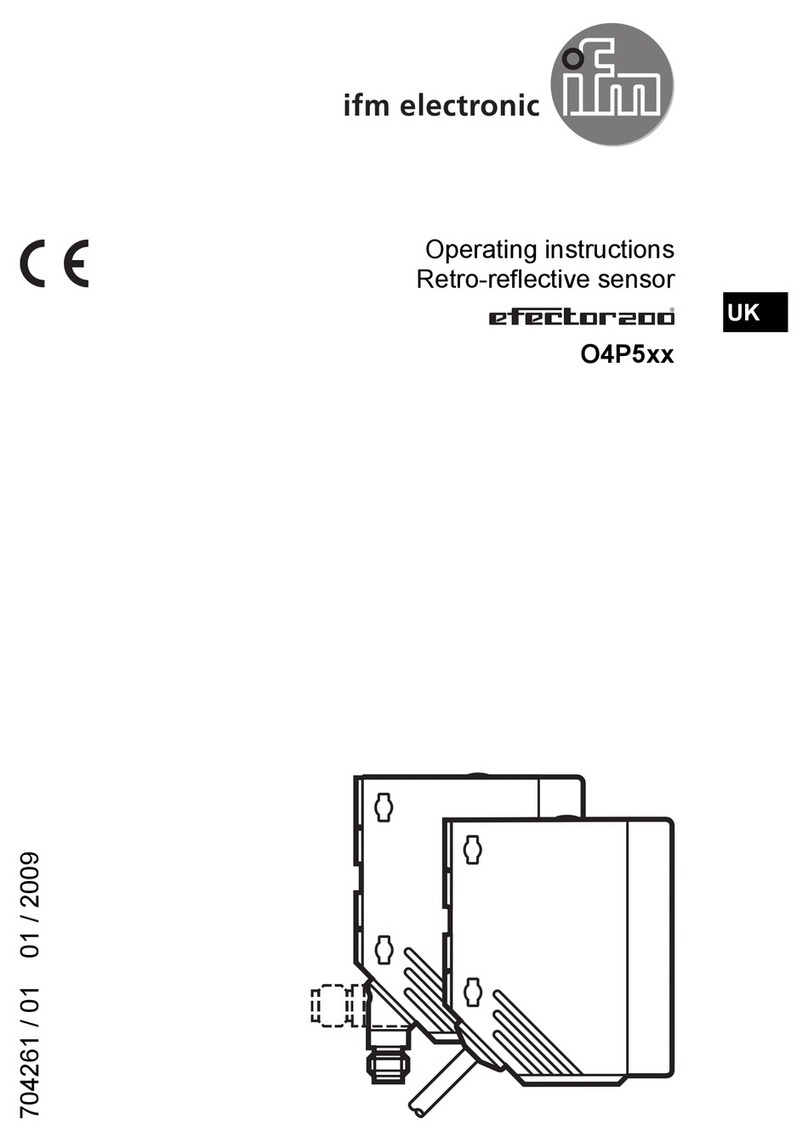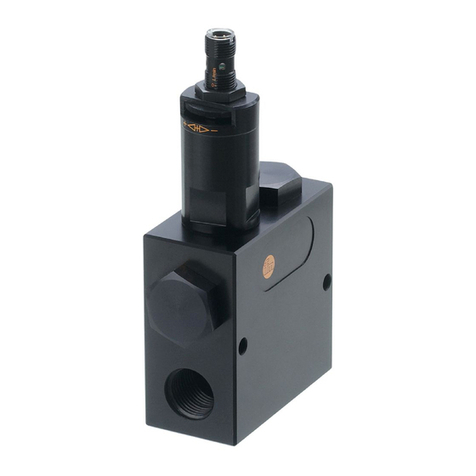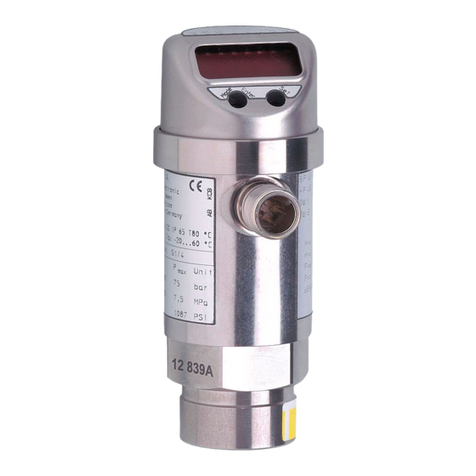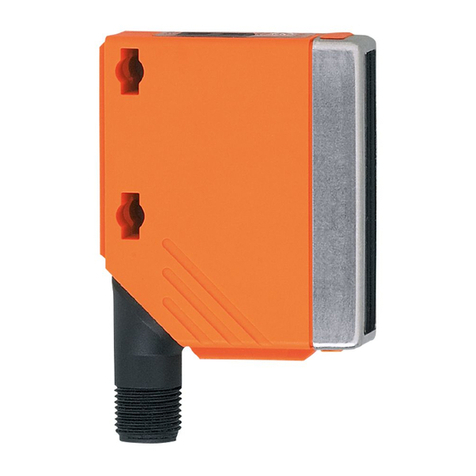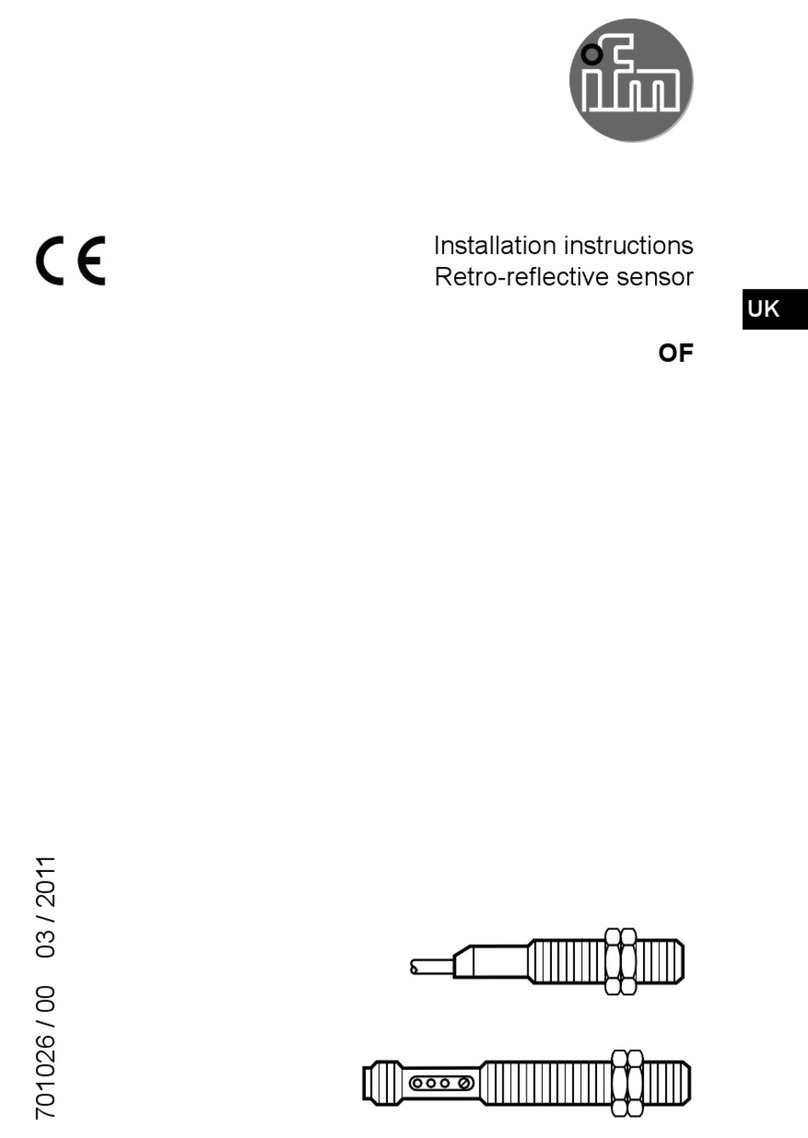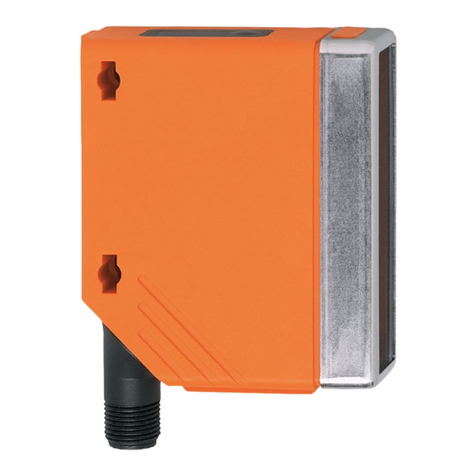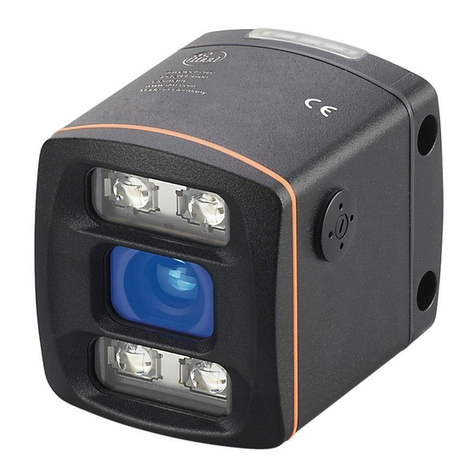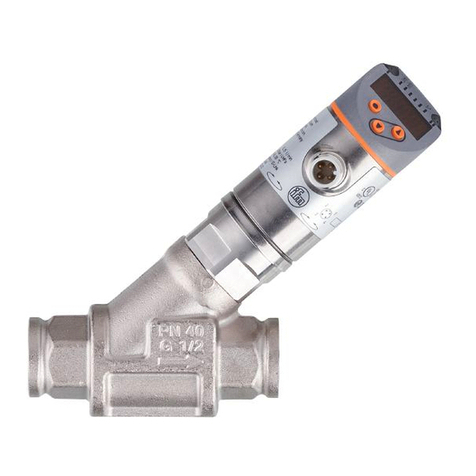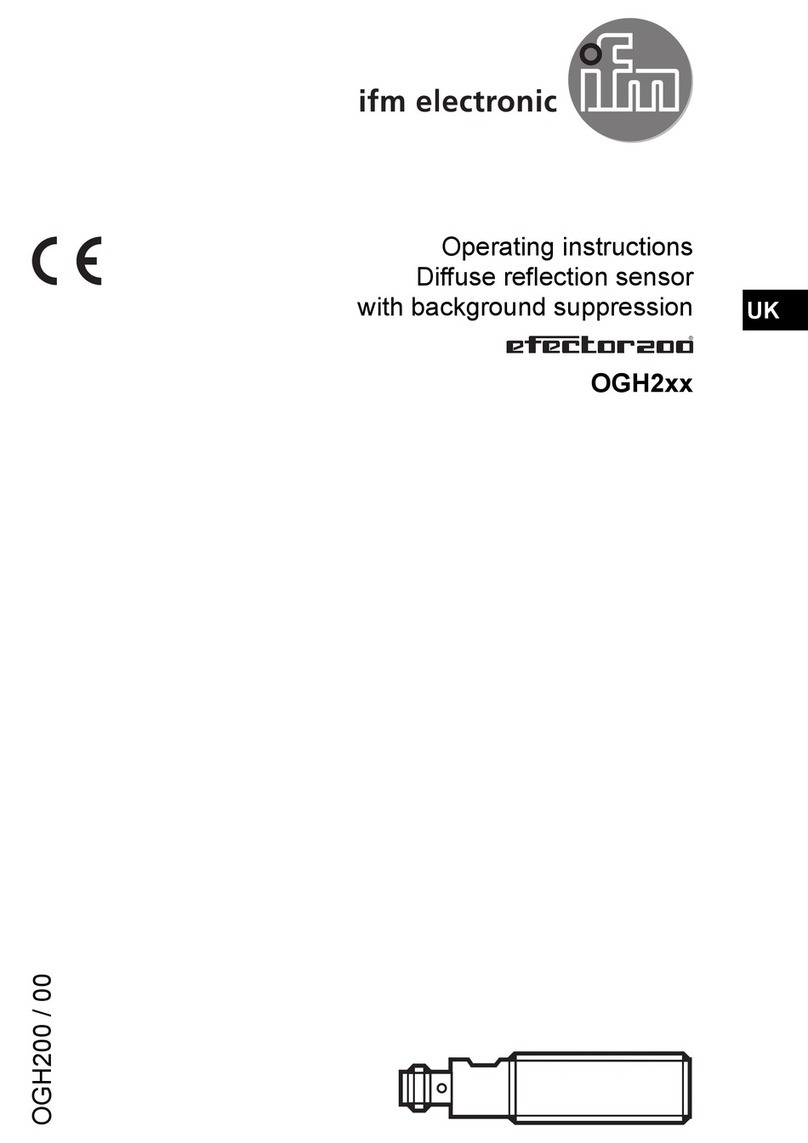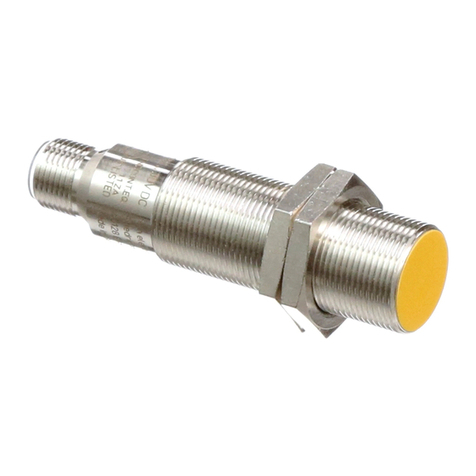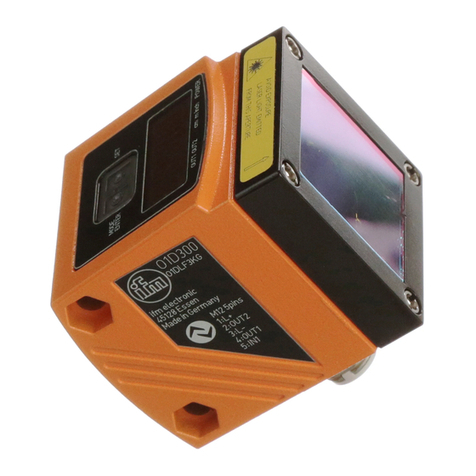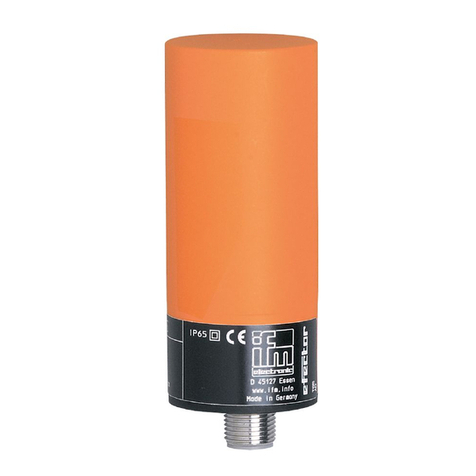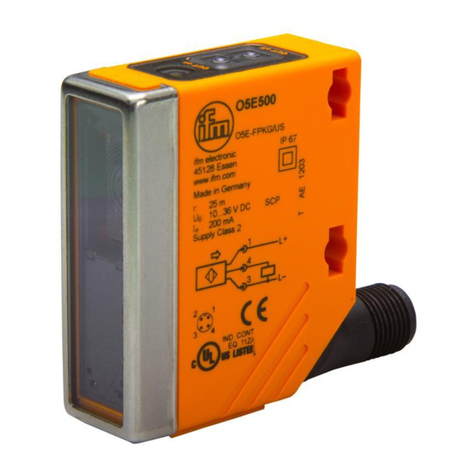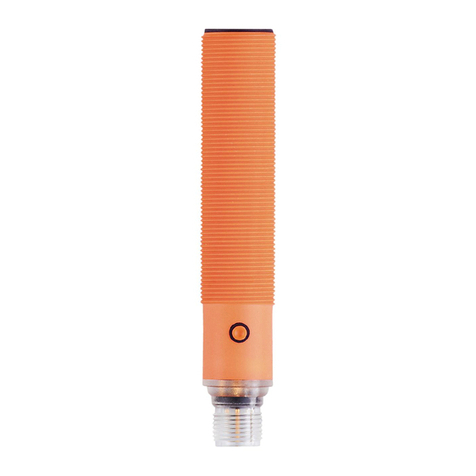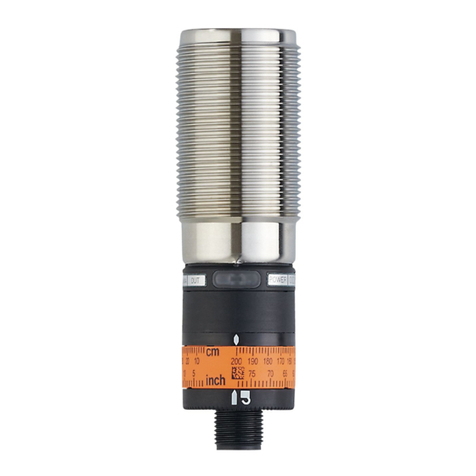2
Contents
1 Preliminary note���������������������������������������������������������������������������������������������������4
1�1 Symbols used ������������������������������������������������������������������������������������������������4
2 Safety instructions �����������������������������������������������������������������������������������������������4
3 Functions and features ����������������������������������������������������������������������������������������5
3�1 Applications ���������������������������������������������������������������������������������������������������5
4 Function���������������������������������������������������������������������������������������������������������������5
4�1 Operating modes �������������������������������������������������������������������������������������������6
4�1�1 2-wire operation������������������������������������������������������������������������������������6
4�1�2 3-wire operation������������������������������������������������������������������������������������6
4�2 Switching function (only for 3-wire operation)������������������������������������������������6
4�3 Analogue function ������������������������������������������������������������������������������������������7
4�4 Customer-specific calibration ������������������������������������������������������������������������9
5 Installation����������������������������������������������������������������������������������������������������������10
6 Electrical connection������������������������������������������������������������������������������������������ 11
6�1 Connection for 2-wire operation ������������������������������������������������������������������ 11
6�2 Connection for IO-Link parameter setting����������������������������������������������������12
6�3 Connection for 3-wire operation ������������������������������������������������������������������12
7 Operating and display elements ������������������������������������������������������������������������13
8 Menu������������������������������������������������������������������������������������������������������������������14
8�1 Menu structure: main menu�������������������������������������������������������������������������14
8�2 Explanation of the main menu ���������������������������������������������������������������������15
8�3 Menu structure: level 2 (extended functions)�����������������������������������������������16
8�4 Explanation of the menu level 2 ������������������������������������������������������������������17
8�5 Menu structure: level 3 (simulation)�������������������������������������������������������������18
8�6 Explanation of the menu level 3 ������������������������������������������������������������������19
9 Parameter setting ����������������������������������������������������������������������������������������������20
9�1 General parameter setting���������������������������������������������������������������������������20
9�2 Configure display (optional)�������������������������������������������������������������������������22
9�3 Set output signals ����������������������������������������������������������������������������������������22
9�3�1 Set output functions����������������������������������������������������������������������������22
9�3�2 Set switching limits ����������������������������������������������������������������������������23
9�3�3 Scale analogue value for OUT2 ���������������������������������������������������������23
9�4 User settings (optional)��������������������������������������������������������������������������������24
9�4�1 Carry out zero point calibration ����������������������������������������������������������24

